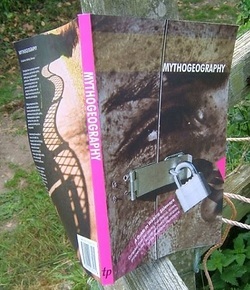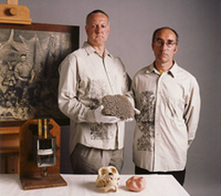Drifting
The Drift or Dérive is one of the basic situationist practices advocated by Guy Debord and others. It's a technique of rapid passage through varied ambiences. Dérives involve playful-constructive behaviour and an awareness of psychogeographical effects, and are thus quite different from the classic notions of journey or stroll. Recently the idea of the drift has been extended in the practice of Mythogeography, where its characteristics are described thus: Guy Debord Phil Smith's Mythogeography |
Explore |



